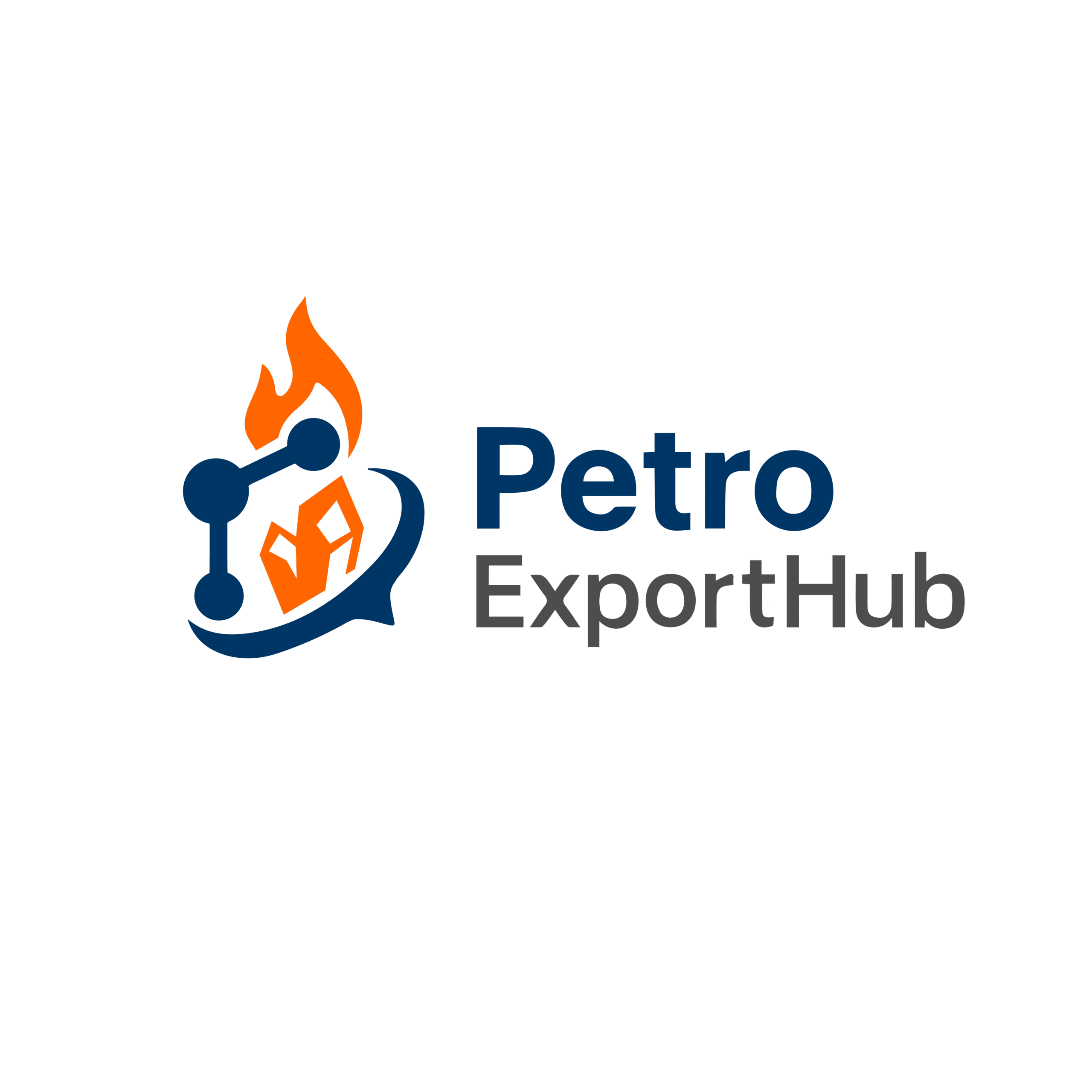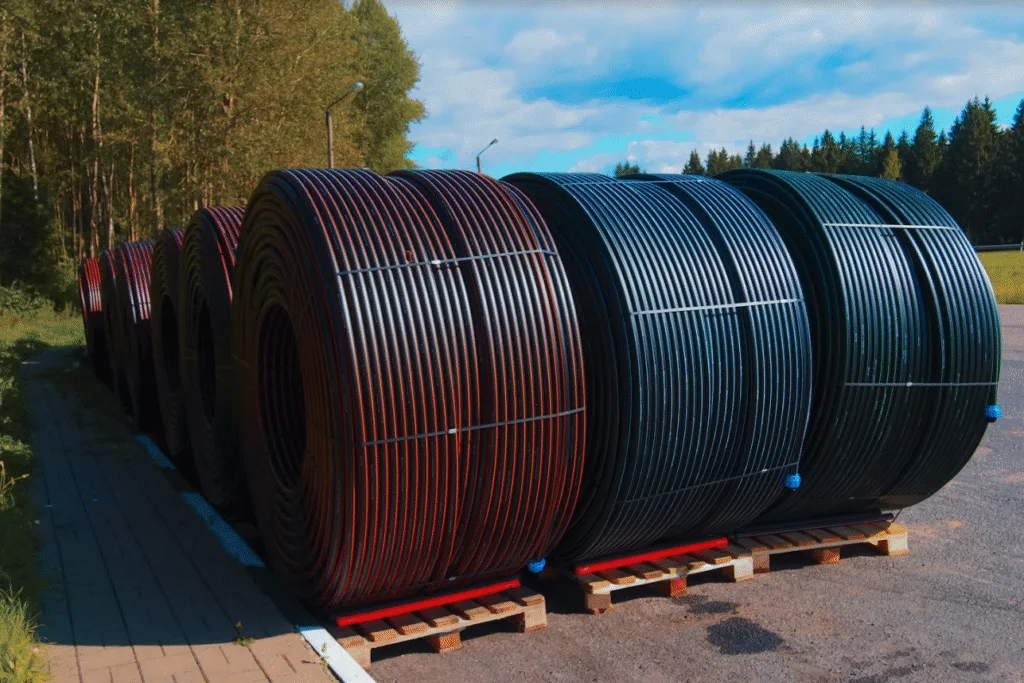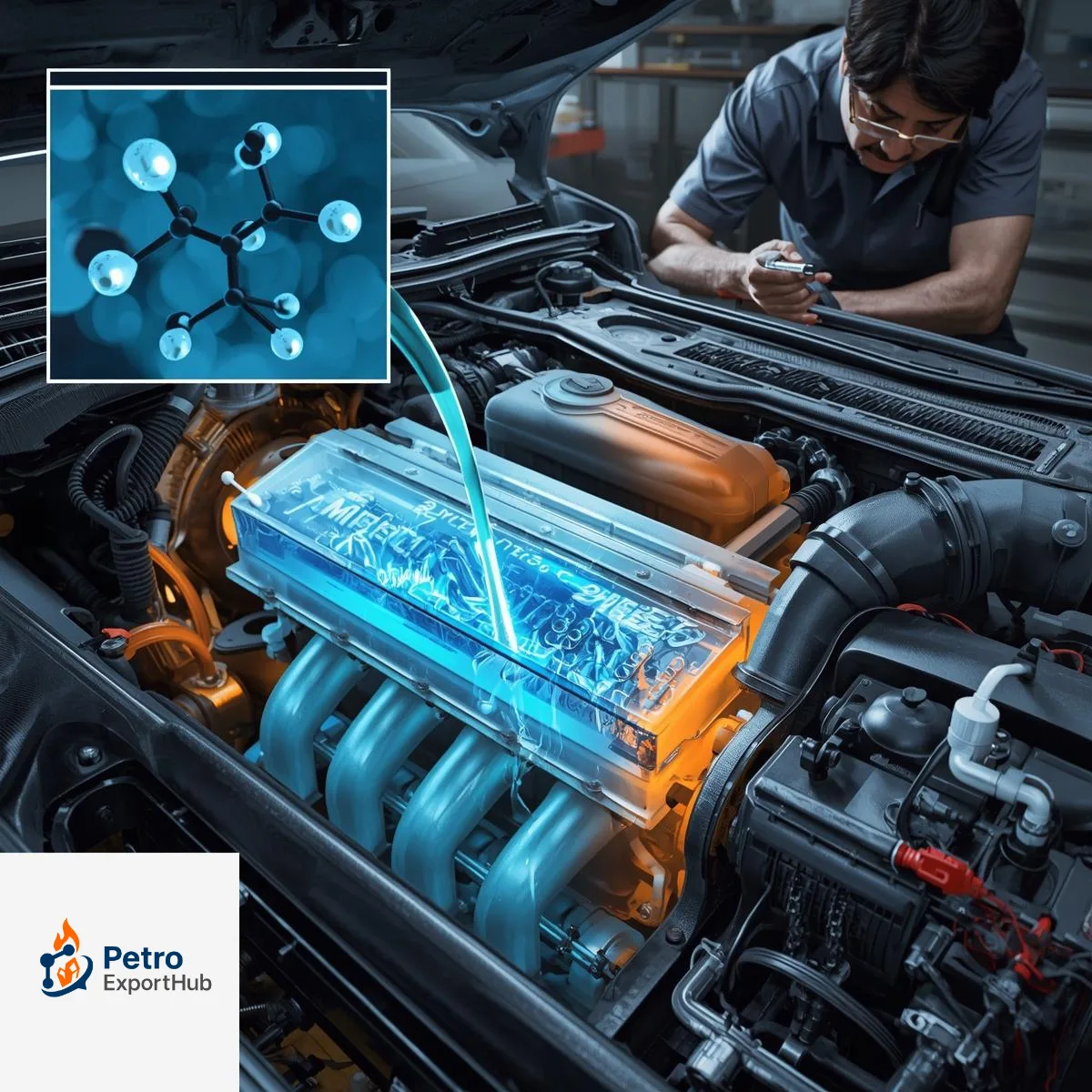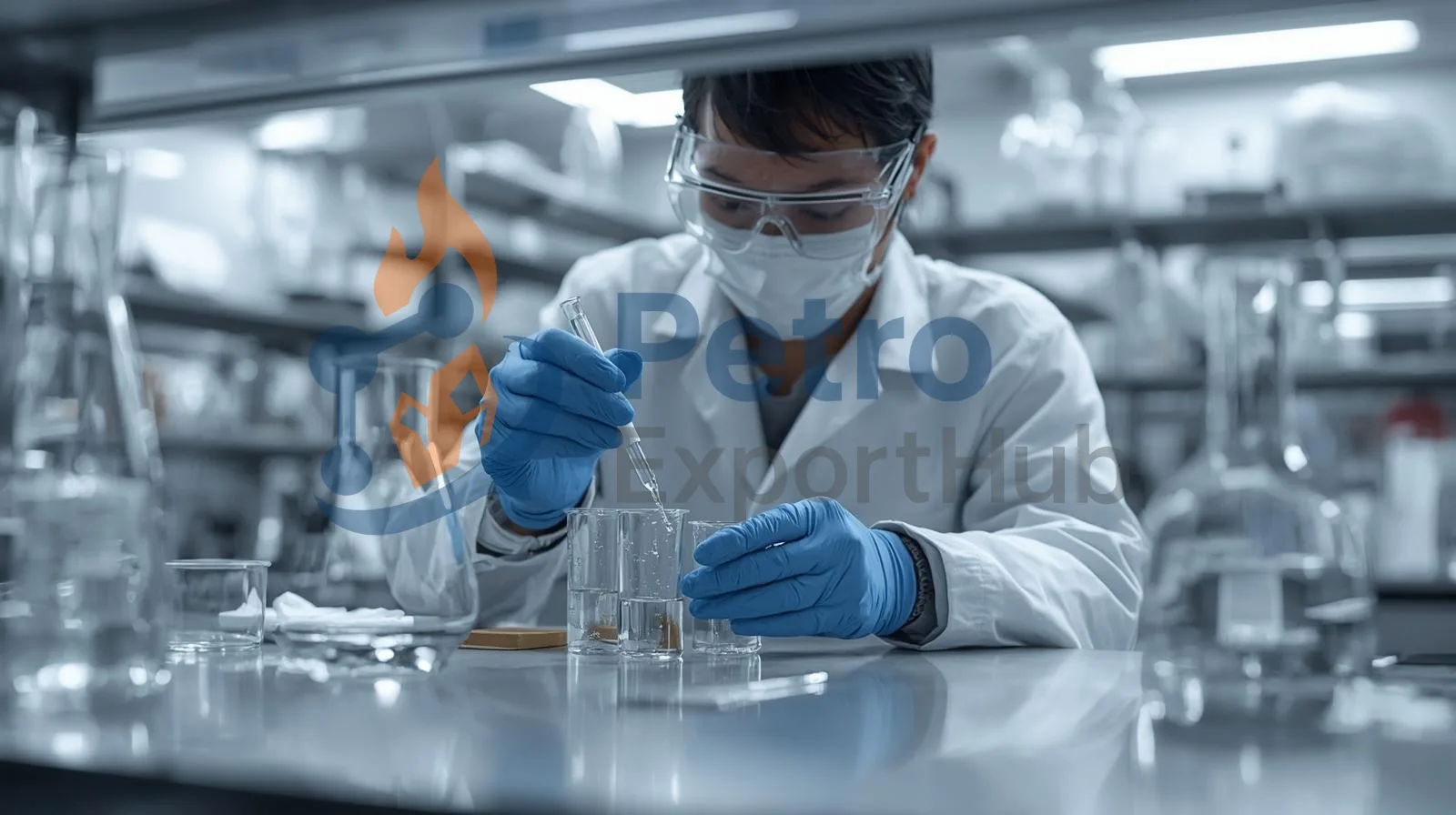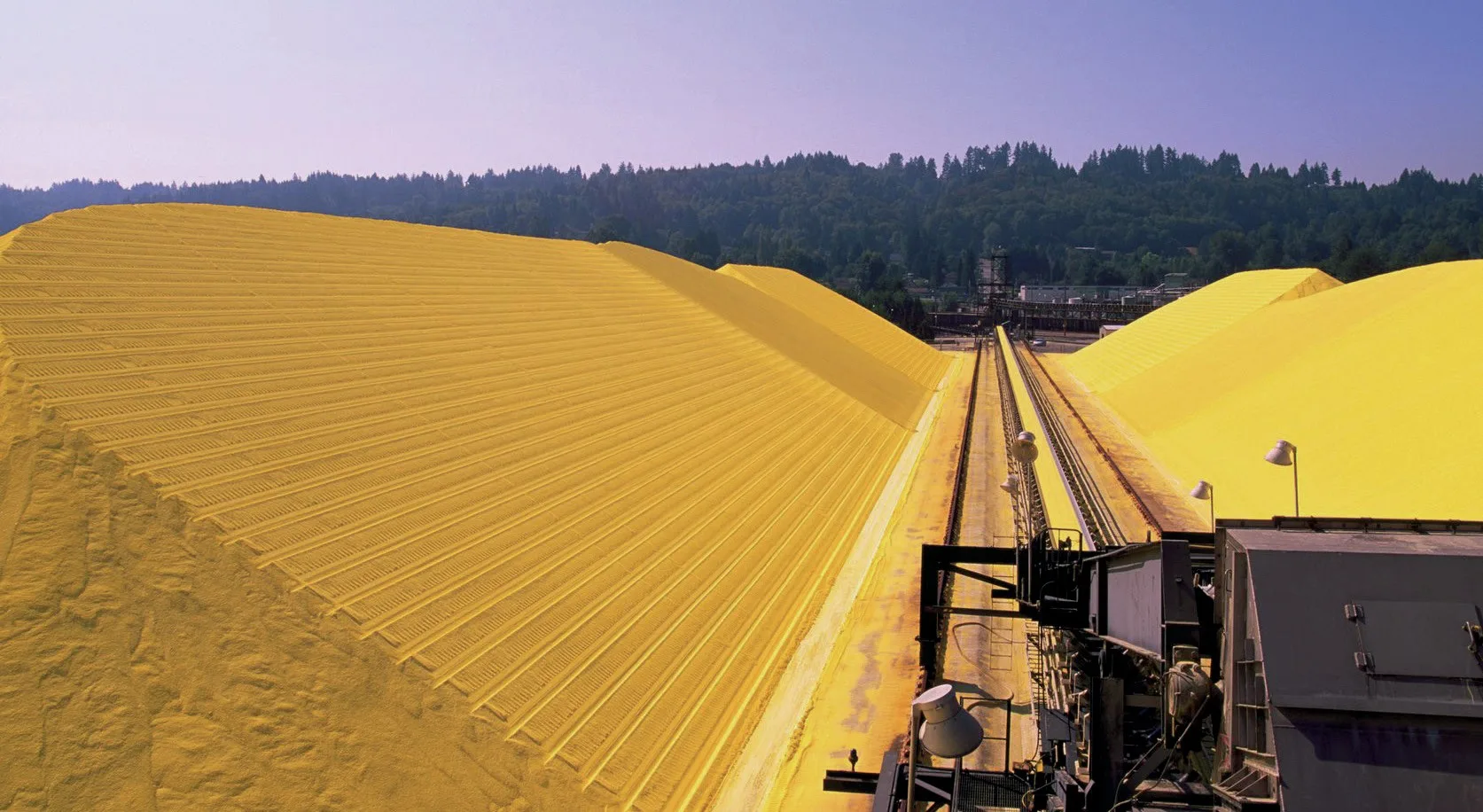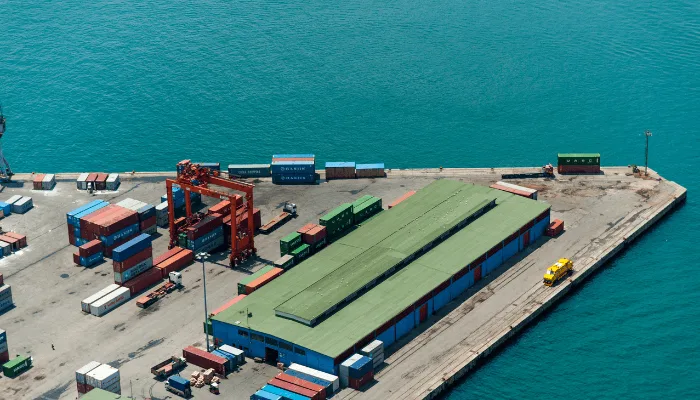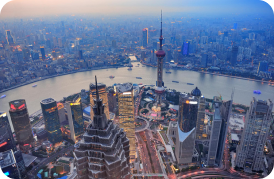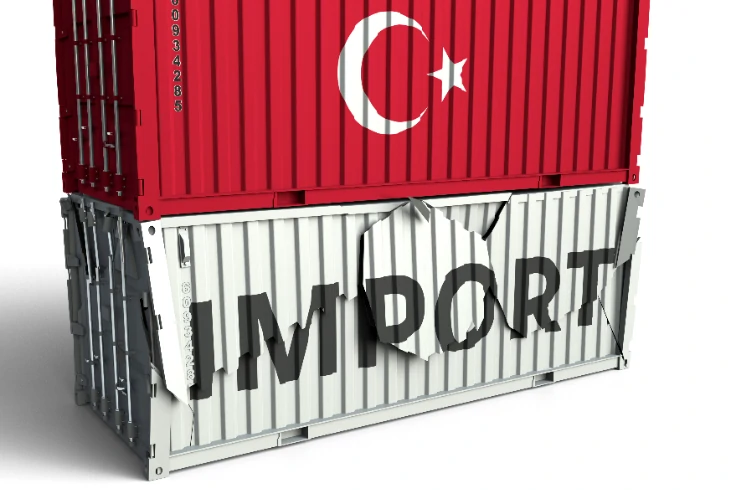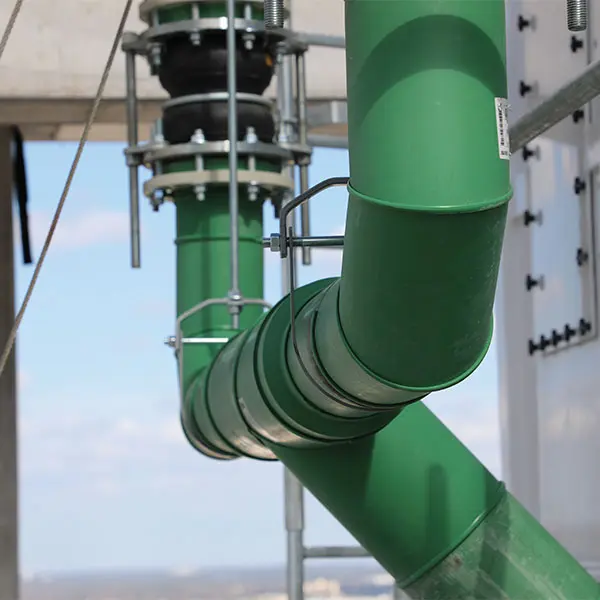
PE80 vs PE100: Which Is Better for Water and Gas Pipelines?
When it comes to building water or gas networks, the type of pipe you choose can make a big difference in performance, safety, and cost. Two of the most widely used materials are PE80 and PE100. Both are trusted worldwide, but they have distinct characteristics that can influence your decision. If your business deals with pe100 pe80 grades—whether for local projects or export—understanding these differences is essential.
1. Getting to Know the Two Grades
PE80: Known for flexibility, easy installation, and suitability for medium-pressure systems.
PE100: Higher strength, longer service life, and better performance under high pressure.
Both can be manufactured to meet hdpe pe 100 pipe specifications, but the performance profiles vary.
2. How They Perform in Water Supply Systems
For moderate-pressure water networks—like municipal supply lines or irrigation—PE80 is often the more economical choice. It’s lighter and easier to work with, making installation faster. On the other hand, hdpe pe100 pipe can withstand higher pressure with thinner walls, making it ideal for long-distance transmission mains or large infrastructure projects.
3. How They Perform in Gas Distribution
Gas pipelines require a high level of safety and reliability. In smaller urban networks with lower pressures, PE80 is sufficient. But for higher pressures or longer transmission lines, PE100 reduces leakage risks and provides an extra safety margin. For exporters, offering both pe100 pe80 ensures you can meet different national standards and project requirements.
4. Cost Factors to Consider
At first glance, PE80 is cheaper. Its lower material density and lighter weight mean reduced transport and installation costs. However, PE100 can offer better value over the long term—its durability and reduced maintenance needs often offset the higher upfront price. Whichever you choose, making sure it meets hdpe pe 100 pipe specifications is non-negotiable for quality and compliance.
5. Making the Right Choice
Ask yourself:
What is the pressure rating for this project?
Do I prioritize upfront cost or long-term savings?
What standards must be met in the target market?
Will transport weight or wall thickness be an issue?
Suppliers that stock both hdpe pe100 pipe and PE80 grades have a clear advantage—they can serve a broader range of customer needs.
Conclusion
There’s no one-size-fits-all answer. PE80 is a strong, cost-effective solution for medium-pressure water and gas systems. PE100 is the go-to choice for high-pressure, large-scale infrastructure that demands long-term reliability. Knowing when to use each will help you deliver better results, whether you’re managing a domestic project or exporting to overseas buyers.
Flexible & Cost-Effective – PE80 suits medium-pressure water and gas systems at a lower cost.
High Strength & Longevity – PE100 handles higher pressure and offers extended service life.
Standards-Compliant – Both grades can be made to hdpe pe 100 pipe specifications.
Export Market Versatility – Supplying pe100 pe80 meets diverse international project needs.
- At PetroExportHub, we connect you with trusted HDPE suppliers ready for fast export.
- Info@PetroExportHub.com

Related posts
Mono Ethylene Glycol (MEG) serves as a cornerstone for modern antifreeze and coolant formulations, offering reliable freezing protection and heat resi . . .
Explore Solvent 100’s specs, uses, and export opportunities from Iran. Ideal for paint, ink, and adhesive buyers in India, Turkey, UAE, and Africa. . . .
Explore everything you need to know about exporting sulphur from Iran in 2024 — including types, packaging, documents, ports, prices, and top import . . .
Explore Iran’s top ports for petrochemical exports, including Bandar Imam Khomeini, Assaluyeh, and Bandar Abbas. Compare infrastructure, accessibili . . .
Learn the key differences between polypropylene (PP) and polyethylene (PE), their applications, advantages, and how to choose the right polymer for yo . . .
Discover how a Turkish plastics manufacturer reduced costs by 22% through importing HDPE from Iran. Real-world case study by PetroExportHub. . . .
Learn why Iran is a leading exporter of polyethylene (PE). Discover grades, global applications, and how PetroExportHub connects buyers with top suppl . . .
We are here to answer your questions....
Petro Export Hub
PetroExportHub specializes in the export of premium-grade petrochemicals, minerals, and industrial chemicals from Iran, serving international markets with reliability, transparency, and tailored logistics solutions
Tehran Office
Phone:
0214865484 | +989127607241
Address:
Tehran..
China Office
TEL :
0211400
Address:
Zhongzhou Bie Lu, Zhongcheng Street, Yiwu City, Zhejiang Province, China
Quick Access
Quick Access
- Contact Our Sales Team
- Certificatins & Quality
- Frequently Questions
- Shipping & Logistics
- Become a Partner

